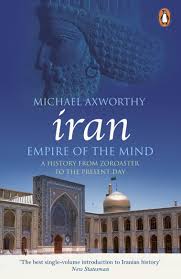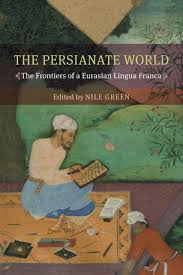 I have long suggested to readers of this weblog to inform themselves of the histories of peoples outside of the Indian subcontinent to understand better broader human dynamics and get out of the box of parochialism. But, the comments of this weblog don’t suggest that many are taking me up that advice.
I have long suggested to readers of this weblog to inform themselves of the histories of peoples outside of the Indian subcontinent to understand better broader human dynamics and get out of the box of parochialism. But, the comments of this weblog don’t suggest that many are taking me up that advice.
Let’s start with the depredations of nomadic Central Asian peoples that the Indian subcontinent has been subject to, starting with the Indo-Aryans, down to the Afghan invasions of the 19th century. There is an attitude that this is sui generis in some fashion. But it’s not. Most of Eurasia has been subject to the predations of the pastoralist peoples. In Strange Parallels: Volume 2, Mainland Mirrors: Europe, Japan, China, South Asia, and the Islands: Southeast Asia in Global Context, c.800–1830, the author argues that Southeast Asia, Japan, and Western Europe were protected from these incursions due to their geography, and so were allowed a cultural continuity which was ideal for the formation of nation-states.
 This is in sharp contrast with the Islamic world. Though I am skeptical of the idea that the first Arabs conquerors of the Near East were nomads (I think they were residents of the cities of the Levantine liminal fringe), the Turks definitely were. Arriving as slave soldiers in the 9th century, after 1000 AD Turkic dynasties were dominant through the Muslim world for nearly 1,000 years. Reza Shah Pahlavi’s ascension in the 20th century broke the long history of the rule of Iran by men who were not Iranians of Iran.
This is in sharp contrast with the Islamic world. Though I am skeptical of the idea that the first Arabs conquerors of the Near East were nomads (I think they were residents of the cities of the Levantine liminal fringe), the Turks definitely were. Arriving as slave soldiers in the 9th century, after 1000 AD Turkic dynasties were dominant through the Muslim world for nearly 1,000 years. Reza Shah Pahlavi’s ascension in the 20th century broke the long history of the rule of Iran by men who were not Iranians of Iran.
And yet the spread of rule by Turkic dynasties was associated with the spread of Persian high culture, not its diminishment. As outlined in The Persianate World: The Frontiers of a Eurasian Lingua Franca, the three early modern Muslim polities of the Ottomans, Safavids, and Mughals, were ethnically Turkic in their self-conception but patronized and facilitated Farsi as a language of administration and culture.